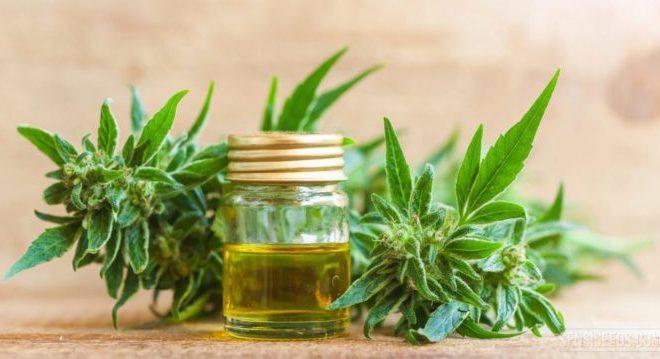How is CBD Produced?

CBD is extracted from the cannabis plant to create CBD oils with several existing methods.
However, when it comes to the purity and quality of the final product not all these methods are equal. There are companies that produce cheap CBD products with usage of harmful solvents such as propane or butane to render their extracts.
In our blog let us have a look at some of the most common methods of extracting and preparing CBD oil:
C02 Extraction
C02 extraction is a newer, more expensive but very effective method of extraction. The solvent is considered a cleaner, purer form of extraction because there is no residue after extraction. It involves forcing CO2 (carbon dioxide) throughout the hemp plant in order to extract the oil.
Because CO2 extraction preserves the purity of the CBD while not contaminating the end substance, it is the most superior way to extract CBD and should be the standard for any quality CBD product. CBD extraction is not an easy process in the same way that THC cannabis oil can be.
The high-quality product produced is worth the extra challenges, which is why our CBD Factum products were all produced through a CO2 extract method.
Whole Plant Extraction vs. Isolates Extraction
In the whole plant extraction process, the entire cannabis plant will be used, just as the name suggests. This method is very common for the medical industry. Many medical professionals believe that a better variety of cannabinoid products can be produced using whole plant extraction. During isolates extraction, pure and isolated CBD is produced, making it effective at producing CBD products. On the other side, it proved to be ineffective if you wanted to produce THC-infused cannabis oil as well.
Alcohol Extraction
This is an old method of extraction that is widely believed to be the first extraction method ever used. You begin the process by soaking the hemp plant in a solvent (alcohol was typical in early use—now, ethanol is most popular in industrial settings). Ethanol, low-grade alcohol, and butane are among the most common substances used in Solvent Extraction. Once the hemp is completely soaked, the liquid that remains will contain CBD (along with other cannabinoids9.
Although ethanol extracts the full range of cannabinoids and terpenes from the plant which is the end product safe for consumption, it also extracts chlorophyll which may lead to some unpleasant side effects. It is possible to remove the chlorophyll by filtering the extract, but reduces the oil’s potency significantly . Butane offers a stronger oil than ethanol, but it is more likely to contain solvents which could irritate the lungs.
All is needed to be done is add the liquid (whether it is butane, alcohol or ethanol) to the plant material. The extraction liquid will strip away the cannabinoids and flavor from the plant material but will take some of the green colorings too. Once there is enough cannabinoids in liquid form, the liquid is heated to evaporate it down to the CBD base oil.
Leave a Reply
You must be logged in to post a comment.



